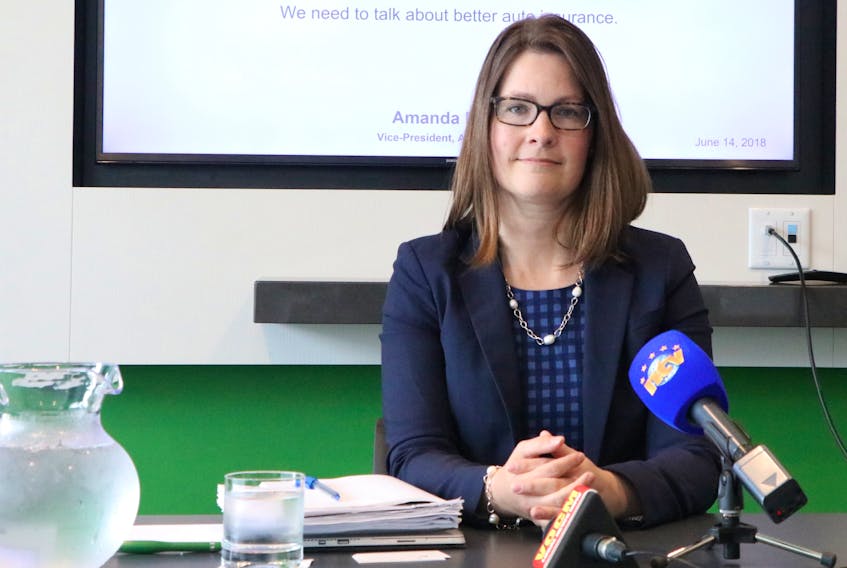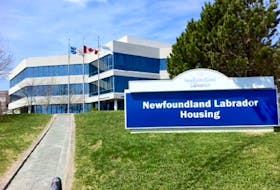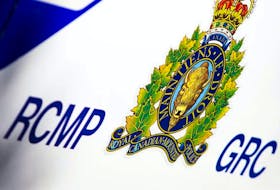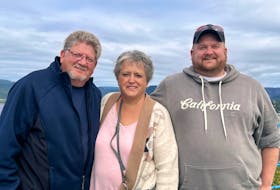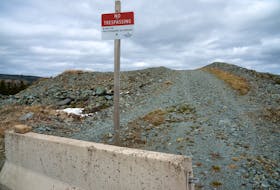It’s likely a hard sell to the driving public in Newfoundland and Labrador — a minor-injury compensation cap for auto insurance that will not any time soon drive down painfully high insurance premiums.
Yet the Insurance Bureau of Canada (IBC) maintains the imposition of a $5,000 cap — plus other reforms that will give accident victims faster access to health care and thus a quicker recovery — is the best option to stabilize insurance premiums and one day, hopefully, see a reduction in rates.
It has worked in other provinces such as Nova Scotia and New Brunswick, the IBC says.
Following public hearings at the Public Utilities Board (PUB) during seven days over the past two weeks, the IBC held a news conference Thursday to once again explain why it sees a cap as the best option to control costs in the province’s insurance industry.
“What we define as the problem (in Newfoundland and Labrador) is that there is no cap at this point,” said Amanda Dean, IBC’s vice-president Atlantic.
“So, cost controls are needed with claims, and claims drive premiums, and that’s where we are hearing from the driving population of this province that premiums are too high.”
Dean said that because insurance companies in the province have lost money for a number of years, it would take time after a compensation cap is implemented to make up the losses.
She noted that a report prepared for the PUB by consultant Oliver Wyman stated that even though higher costs have led to higher premiums in the province, insurance companies still needed to charge another 17 per cent on top of 2017 premiums just to be viable.
“A cap would hopefully produce a stable insurance market, an environment, at this point in time,” she said. “Once claims lower, companies can certainly lower their premiums, as well. But, again, there’s been years and years of losses, so our best hope is for a sustainable product, something that is stable in terms of pricing because the way things are at the moment, insurers are in the position where they would need to charge more — they don’t necessarily want to do that — so let’s try to fix the problem, which is escalating costs on the bodily injury side.”
The IBC made a presentation to the PUB during the hearings where lawyers representing various groups challenged its recommendations and projected outcomes if a compensation cap was imposed, and challenged whether the insurance companies were actually losing money.
Some presenters at the hearings questioned how the insurance companies could remain in business if suffering successive yearly losses.
Dean said the numbers show that in 2015, the province’s insurance industry’s return on equity (ROE) was negative 28 per cent. In 2016, it did a little better at three per cent — that includes income from both premiums and investment income. She said that after premiums are collected, claims costs have to be taken out, plus operating expenses, taxes and levies. After all the costs are taken out, she said, insurers have not seen any profit over the past number of years.
“If insurers are losing money in a jurisdiction — taking in less than they are paying out — they need to collect more money and that is putting pressure on the pocket books of the people of this province,” Dean said. “There’s two pieces — premiums and investment income.
“I took a look at the GISA (General Insurance Statistical Agency) report on profitability which was released last August. I looked at what the underwriting income was. The underwriting in 2016 was negative $3 million, so insurers paid out in claims $3 million more than what they took in in premiums. Also in that GISA report is investment income. So, the investment income proportioned to Newfoundland and Labrador that year was $13 million. So that helped pay some of that claims shortfall, but that money also had to go toward paying taxes and operating costs, which includes salaries of people within the industry. And that’s how there was a three per cent rate of return for 2016 in Newfoundland and Labrador.”
Dean also noted that insurance companies — particularly the larger national companies — can borrow from a profitable jurisdiction to help cover the losses in Newfoundland and Labrador. She said, however, that can only go on for so long before the reasons for the losses have to be addressed.
Lawyers representing accident victim groups at the hearing said accident victims will lose their right to sue for fair compensation should a compensation cap be imposed.
Consumer Advocate Dennis Browne suggested that if a compensation cap is imposed on minor injuries, maybe a cap should also be imposed on the profits of the insurance companies.
In any event, Browne said, insurance rates are continuing to increase for consumers in Newfoundland and Labrador and change is greatly needed.

